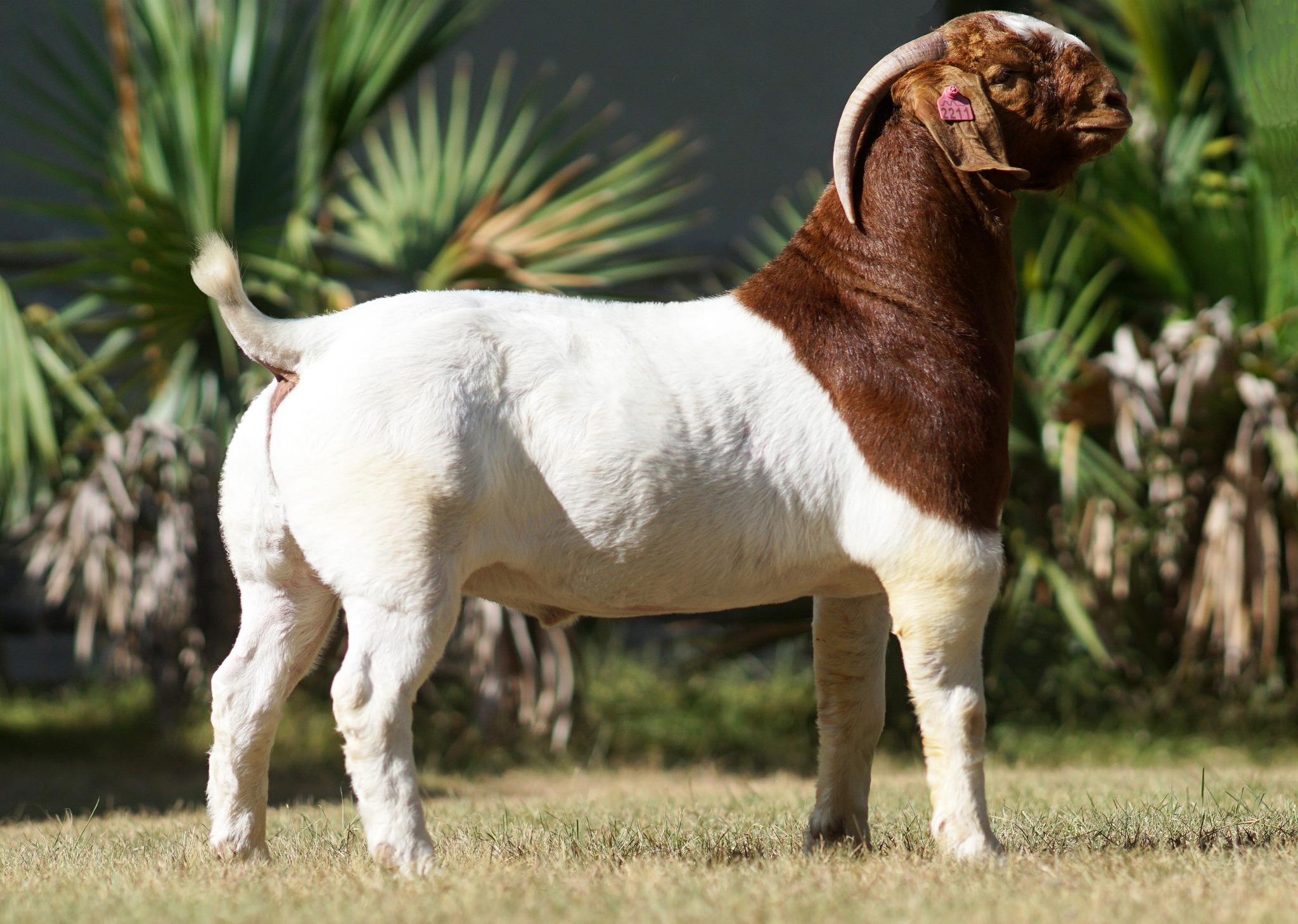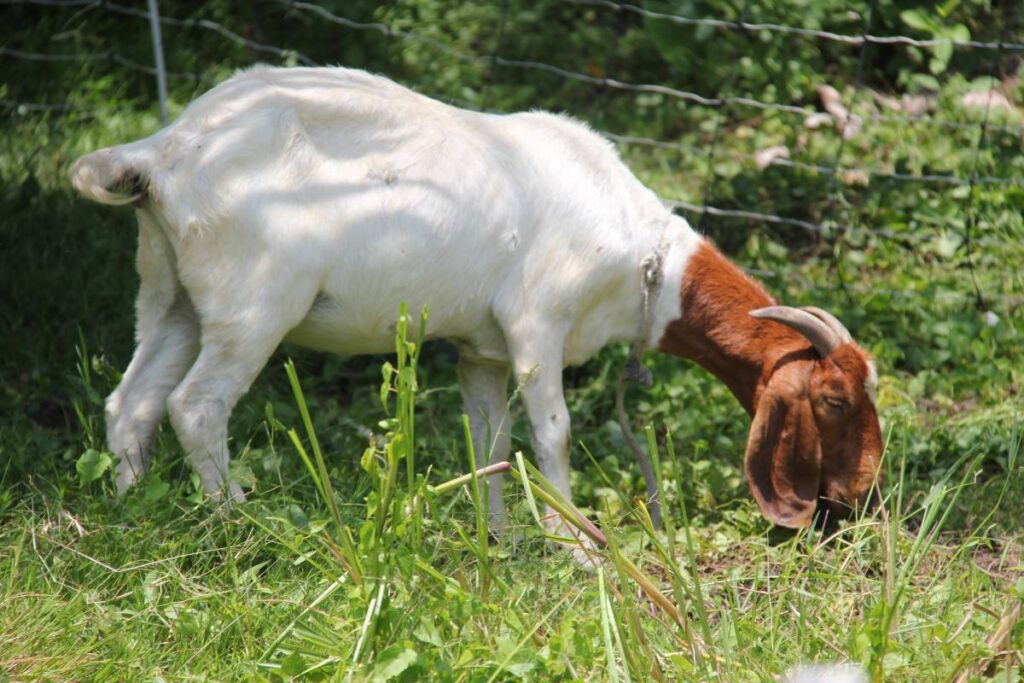Unveiling The Potential Of Boer Goats In Kansas: A Comprehensive Guide For Modern Farmers
When it comes to raising livestock, Kansas boer goats have emerged as a focal point for both farmers and hobbyists. If you're considering integrating these magnificent animals into your farm or backyard, you're on the right track. This ultimate guide delves deep into the world of boer goats in Kansas, exploring their unique characteristics and essential care tips. Let's begin.
Boer goats are not just ordinary goats; they are akin to the rock stars of the goat world. Recognized for their impressive size, striking appearance, and exceptional meat production, boer goats are a game-changer in the agricultural landscape. Whether you're an experienced farmer or a novice in livestock management, understanding boer goats can significantly enhance your agricultural journey. Focusing on Kansas is crucial as the state's vast open spaces and favorable climate create the ideal environment for these goats to flourish. Kansas boer goats are rapidly gaining popularity for reasons beyond aesthetics.
| Attribute | Details |
|---|---|
| Name | Boer Goat |
| Origin | South Africa |
| Weight | Male: 200-350 lbs; Female: 150-250 lbs |
| Climate Adaptability | Thrives in various climates, including Kansas |
| Professional Recognition | Preferred for meat production |
| Reference | Kansas Boer Goats Association |
Boer goats are making waves in Kansas due to their rapid growth rates, adaptability, and excellent foraging abilities. These attributes make them a top choice for livestock enthusiasts across the state. The fast growth rates mean more meat production in less time, while their hardiness ensures they adapt well to Kansas' diverse weather patterns. Boer goats excel at foraging, reducing the need for costly feed supplements. Additionally, they are relatively low maintenance, making them suitable for both large-scale farms and small homesteads.
Read also:Neil Flynn The Man Behind The Screen And The Love That Defines Him
The distinct characteristics of boer goats set them apart from other breeds. Their striking red heads and white bodies make them easily identifiable. However, their appeal extends beyond their appearance. Boer goats are large and muscular, with males often weighing between 200 to 350 pounds and females ranging from 150 to 250 pounds. Their robust bodies are designed for maximum meat production, a trait that resonates with meat goat breeders worldwide. Physical traits such as long, pendulous ears, short smooth coats, and strong legs with sturdy hooves contribute to their adaptability to Kansas' terrains.
Boer goats exhibit a docile temperament, making them manageable even for beginners. They are social animals that thrive in group settings, necessitating herd maintenance. Despite their gentle nature, they are curious and adventurous, often exploring their surroundings with enthusiasm. Their intelligence allows for easy training, a significant advantage in herd management. The economic advantages of raising boer goats in Kansas are substantial. Their high meat yield and fast growth rates translate to quick profits. Studies indicate that boer goats can reach market weight in as little as six months, underscoring their efficiency as meat-producing animals. The demand for goat meat is escalating, especially in ethnic markets, providing farmers with a steady income stream. Boer goats also offer environmental benefits by controlling vegetation and reducing wildfire risks, crucial in Kansas' grasslands and prairies. Their ability to thrive on marginal land maximizes land use for farmers.
Raising boer goats in Kansas requires specific knowledge. Proper nutrition and healthcare are essential components of goat care. Boer goats are natural foragers, thriving on a diet of grass, hay, and browse. However, supplementing their diet with quality feed, particularly during winter, is vital. Providing fresh, clean water at all times, offering high-quality hay, and using balanced goat feed ensures optimal growth and health. Overfeeding grain should be avoided to prevent health issues like bloat. Maintaining the health of boer goats involves regular veterinary check-ups, vaccinations, and parasite control. Establishing a deworming schedule, vaccinating against common diseases, checking hooves regularly, and monitoring behavior for signs of illness are critical practices.
While boer goats are relatively low maintenance, challenges such as predator control and weather adaptation exist. Predators like coyotes and stray dogs pose threats to boer goats. Guard animals or predator-proof fencing can mitigate these risks. Kansas' unpredictable weather necessitates adequate shelter and access to shade and ventilation during the summer months to ensure the goats' comfort and health. Selecting quality breeding stock is pivotal when purchasing boer goats. Look for goats with good conformation, strong muscling, and a history of high productivity. Visiting reputable breeders and seeking recommendations from other farmers aids in finding the best goats for your farm. Preparing your farm with adequate fencing, shelter, and water sources before introducing goats ensures their safety and comfort.
The market demand for boer goat meat is growing. Goat meat is increasingly popular in ethnic markets, particularly among Hispanic and Middle Eastern communities. Consumers seeking lean, healthy meat options find goat meat appealing. Building relationships with local butcher shops and restaurants helps tap into this expanding market. Understanding the market dynamics empowers farmers to make informed decisions about their farming operations. Boer goats are an excellent choice for Kansas farmers due to their impressive characteristics, numerous benefits, and relatively low maintenance requirements. They provide a steady income stream while contributing to land health. Whether you're a seasoned farmer or a beginner, consider adding boer goats to your farm. With the right care and management, these goats can enhance your agricultural journey.
The rise of boer goats in Kansas aligns with broader trends in the agricultural industry. As consumers increasingly prioritize sustainable and ethical farming practices, boer goats fit seamlessly into this narrative. Their adaptability and productivity resonate with modern farming goals. Furthermore, their popularity connects with the growing interest in artisanal and niche agricultural products. Celebrities like Martha Stewart have endorsed sustainable farming practices, amplifying the appeal of livestock like boer goats. The integration of technology in farming, such as automated feeding systems and health monitoring tools, enhances boer goat management. This technological advancement mirrors trends in the broader agricultural sector, where innovation drives efficiency and sustainability. The societal impact of raising boer goats extends beyond economic benefits, fostering a deeper connection with nature and promoting environmentally responsible practices. As the agricultural landscape evolves, boer goats in Kansas stand as a testament to the potential of innovative farming practices to meet contemporary demands.
Read also:Katia Washington Unveiling The Truth Beyond The Headlines


